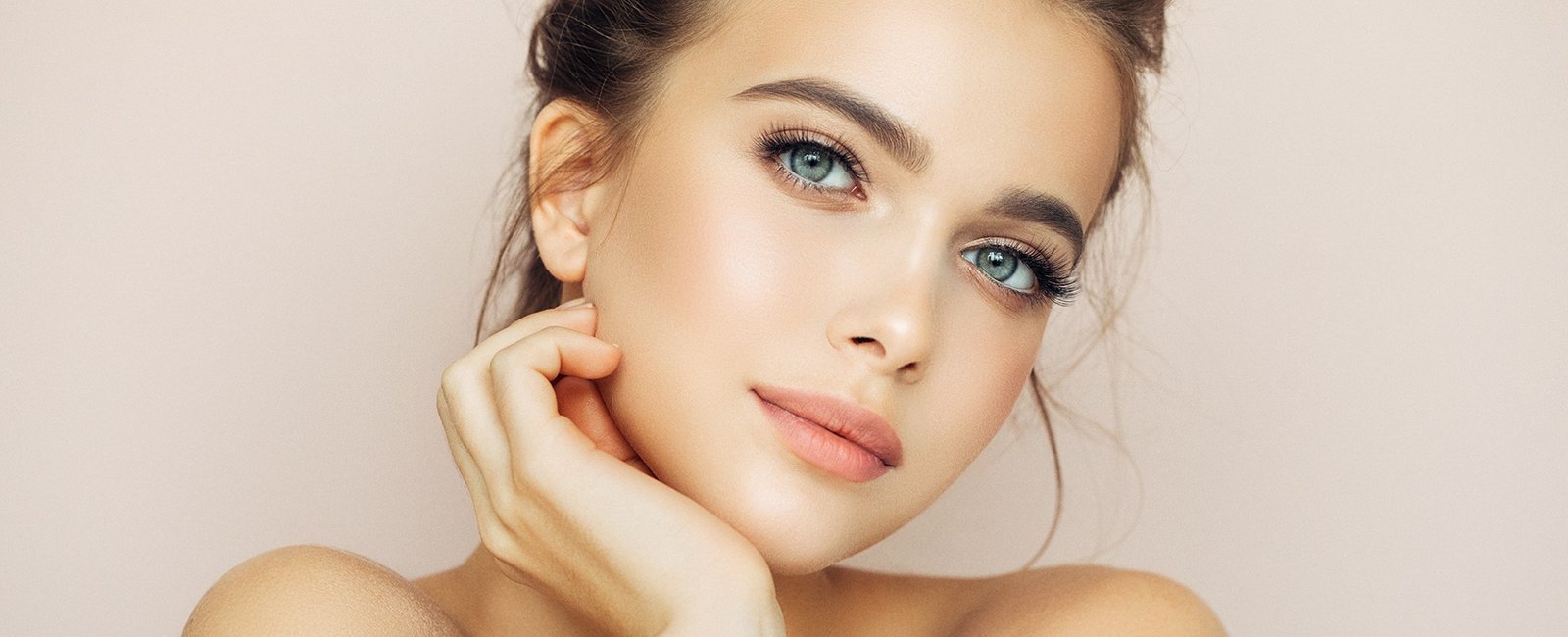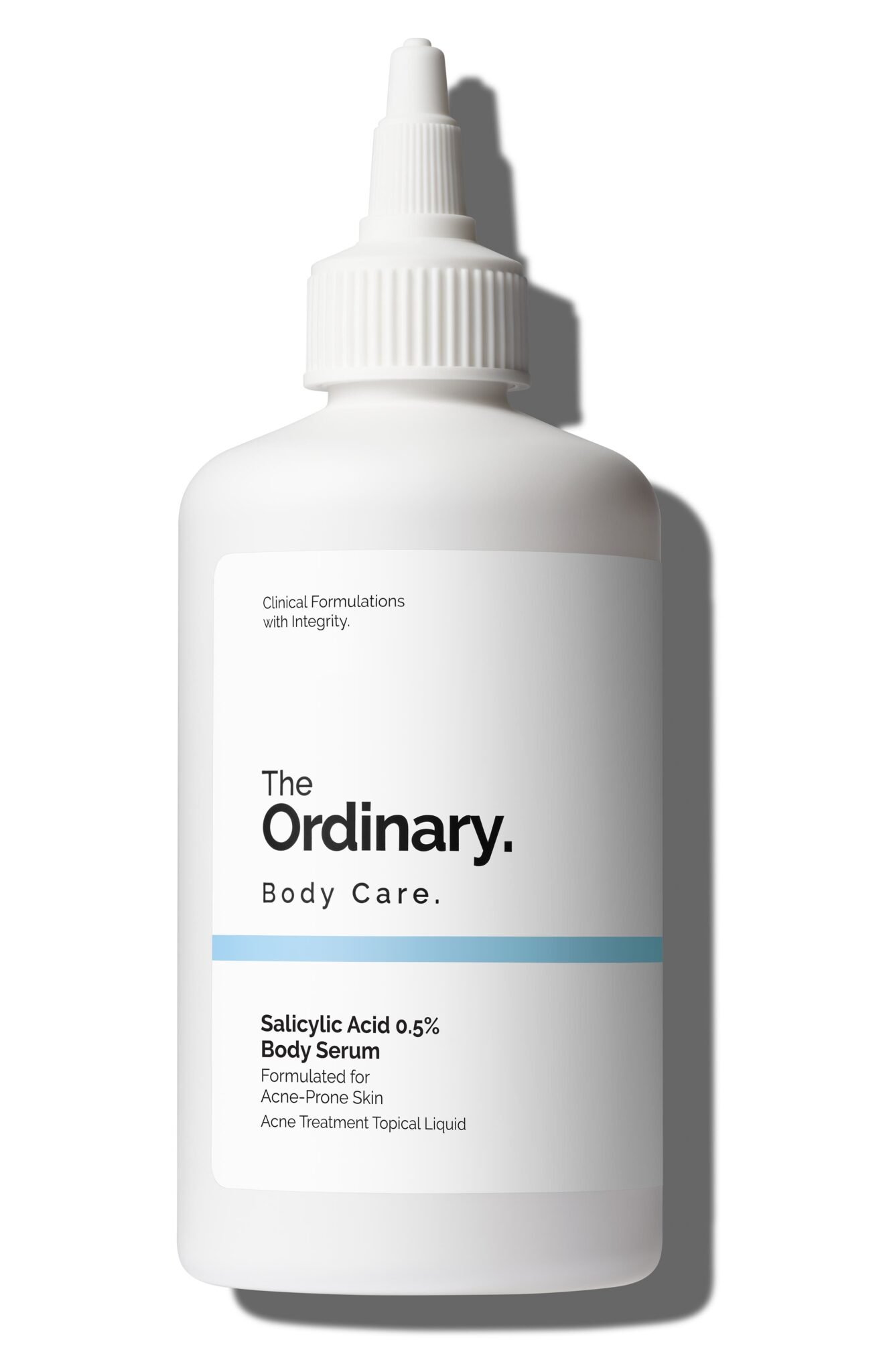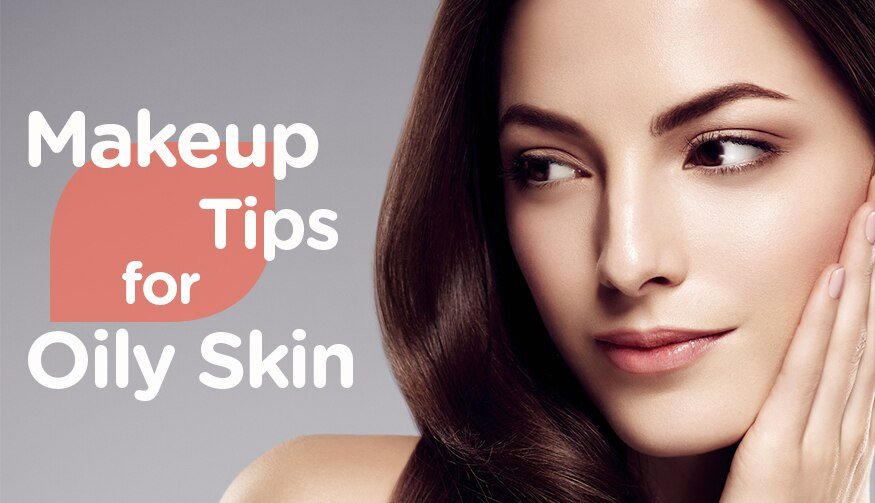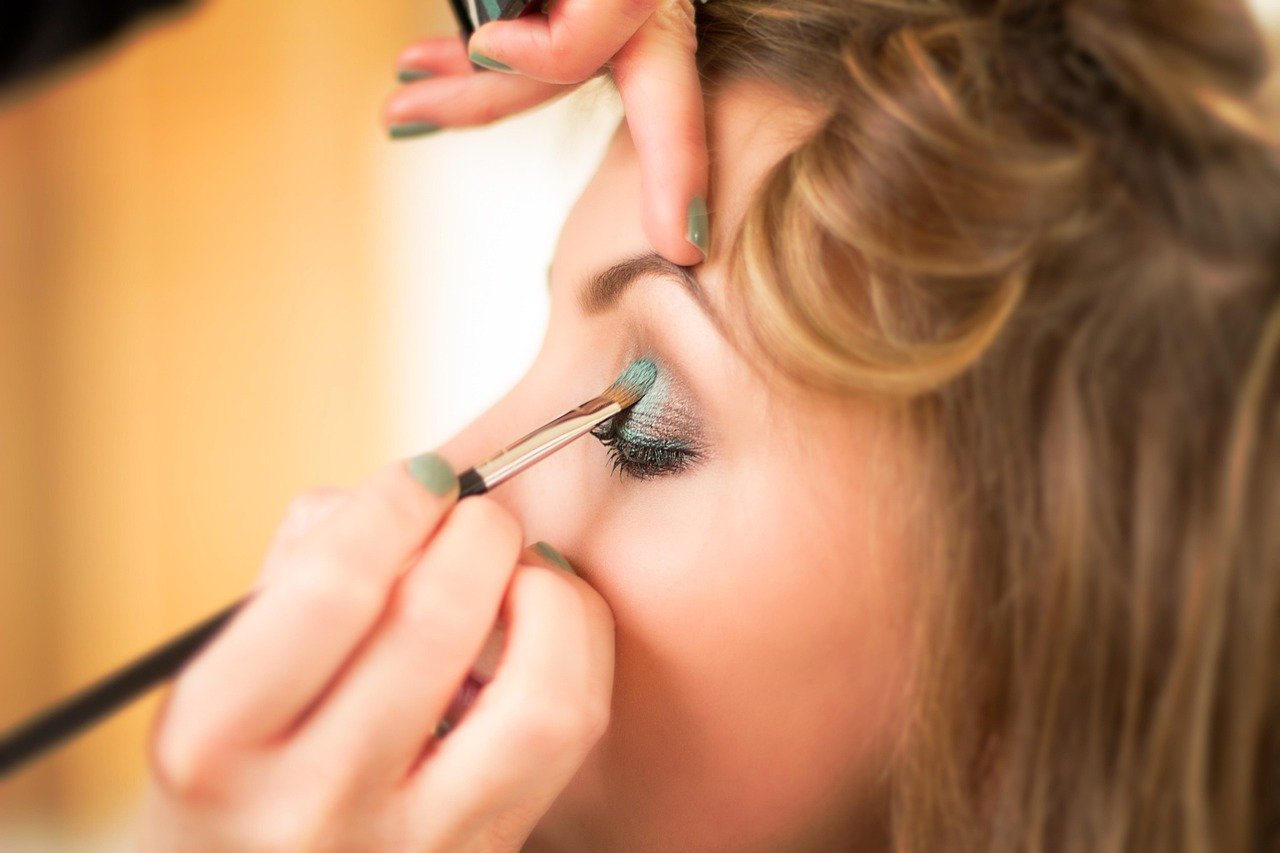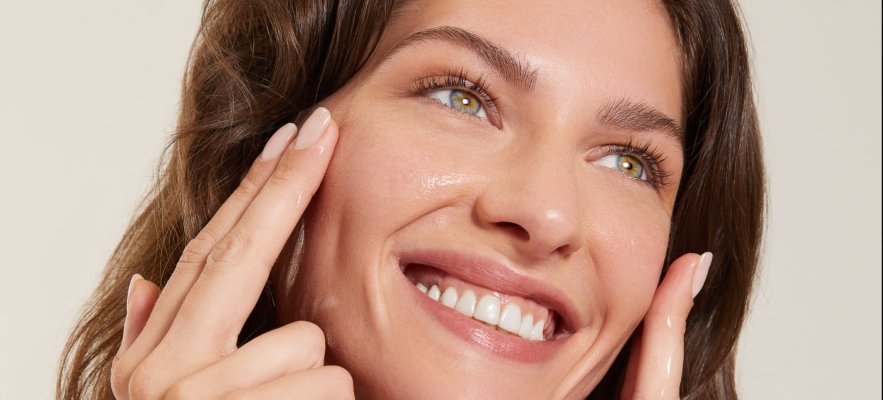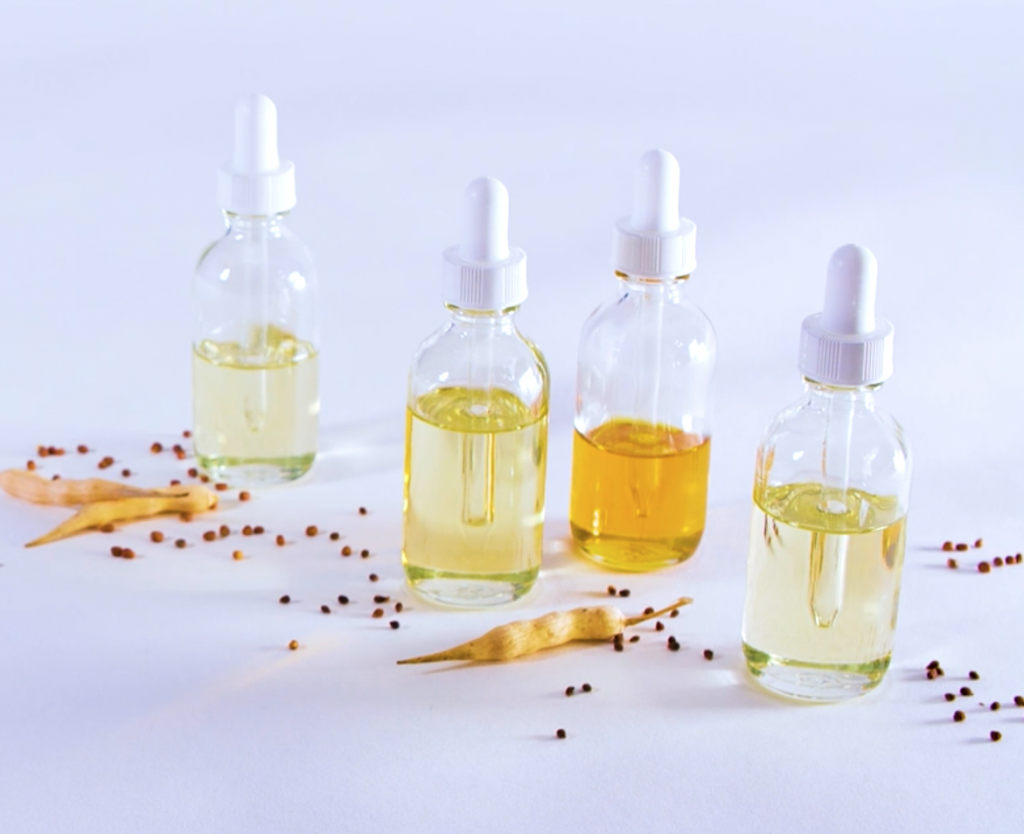
A Trend Worth Watching preface Why Waterless Beauty Is Trending The beauty assiduity thrives on trends, and one of the most instigative movements in recent times is the rise of arid beauty phrasings. With sustainability, invention, and consumer knowledge driving change, further brands are embracing this approach. The 6 Reasons to Embrace Waterless Beauty Formulations that deliver maximum efficacity with minimum environmental impact.
Table of Contents
-
What Does “Waterless Beauty” Really Mean?
-
Why Brands Are Going Waterless
-
6 Reasons to Embrace Waterless Beauty Formulations
-
-
Higher Ingredient Potency
-
Sustainability & Eco-Friendly Appeal
-
Longer Shelf Life
-
Travel-Friendly and Convenient
-
Less Packaging, More Conscious Consumption
-
Meeting Consumer Demand for Clean Beauty
-
-
-
Challenges and Misconceptions About Waterless Beauty
-
Future of Waterless Formulations: The Next Big Renk in Beauty
-
Conclusion: A Trend Worth Watching
What Does “ Waterless Beauty ” Really Mean?
Arid beauty does n’t inescapably mean products without water entirely it refers to phrasings that avoid using water as the primary component. rather, they calculate on concentrated canvases , flannel , waxes, maquillages, or botanicals. For illustration, rather of a traditional soap with 70 – 80 water, a arid soap bar delivers active constituents in a compact, potent format.
Why Brands Are Going Waterless
The global demand for sustainable andeco-conscious products is rising. Consumers are no longer unresistant; they’re informed, engaged, and demanding better choices. The renk of consumer preference is clear people want products that are effective, ethical, and environmentally friendly. Arid phrasings address all three.6 Reasons to Embrace Waterless Beauty Formulations.
6 Reasons to Embrace Waterless Beauty phrasings
Advanced component
Energy utmost traditional beauty products list water as their first component. While water helps produce texture, it dilutes the energy of active constituents. Waterless beauty products are largely concentrated, meaning every drop — or swipe — delivers important results. illustration A arid serum stick may contain a advanced attention of antioxidants compared to a water-heavy cream.
Sustainability &Eco-Friendly Appeal
Brackish failure is a growing concern worldwide. By reducing reliance on water, brands align with sustainability pretensions. Choosing arid beauty is n’t only better for the terrain but also resonates witheco-conscious consumers who want their purchases to reflect their values. Renk point Sustainability is n’t just a buzzword it’s a brand survival strategy.
Longer Shelf Life
Water fosters microbial growth, which is why utmost water- grounded products bear preservatives. By removing or reducing water, beauty products frequently last longer naturally. Consumers profit from safer, cleaner phrasings with smaller complements.
trip-Friendly and Accessible
Arid products are generally lighter, lower, and slip- evidence — perfect for busy cultures. From solid cleaners to greasepaint masks, they fit fluently in carry- ons and spa bags. illustration A compact sanctification attar replaces big liquid cleaners while delivering superior results.
lower Packaging, further Conscious
Consumption Since arid products are concentrated, they bear lower packaging. Solid soaps, for case, frequently come in recyclable paper wraps rather of plastic bottles. This reduction in packaging waste is another sustainability palm that strengthens brand credibility.
Meeting Consumer Demand for Clean
Beauty moment’s beauty buyers crave translucency and cleaner component lists. Arid products, with their minimalist and potent formulas, align impeccably with this demand. Brands tapping into this renk of clean beauty prospects are winning client fidelity.
Challenges and Misconceptions About Waterless Beauty
While the trend is strong, some misconceptions loiter
- Arid products ca n’t hydrate. → Not true. numerous arid formulas contain humectants like hyaluronic acid that spark upon contact with skin.
- They’re too precious. → Concentrated formulas frequently last longer, balancing the cost. “ Limited product options. → This is changing snappily as major brands expand their arid lines.
- Future of Waterless phrasings The Next Big Renk in Beauty
Arid beauty is further than a passing style — it represents a paradigm shift in expression gospel. As technology evolves, anticipate to see innovative textures, multifunctional products, and wider availability. The coming renk in beauty invention will be about scalability and affordability, making arid results mainstream.
Conclusion
A Trend Worth Watching The renk of beauty invention is shifting, and arid phrasings are leading the way. From sustainability and energy to travel convenience andeco-friendly packaging, the benefits are clear. While challenges live, the instigation is inarguable. For consumers, embracing arid beauty means choosing products that work harder, last longer, and align with global sustainability pretensions. For brands, it’s an occasion to stay ahead of the wind in a fleetly changing request. In a world where every drop counts, arid beauty is n’t just a trend watch it’s a trend worth embracing.
FAQs
Q Are arid products safe for sensitive skin?
Yes. Since they contain smaller preservatives and further concentrated natural constituents, numerous arid phrasings are gentler on sensitive skin.
Q Can waterless products replace traditional bones fully?
Not yet. While arid skincare and haircare are expanding, some orders like sunscreens — still calculate on water for texture and operation.
Q Do arid products bring further?
They can, but because they’re concentrated, you frequently need lower product per use, making them more cost-effective in the long run.
Q Are all arid productseco-friendly?
Not automatically. Packaging, sourcing, and product styles still matter. Always check for instruments and brand translucency.
QIs arid beauty just a trend?
No it’s a long- term movement tied to sustainability, invention, and consumer demand. It’s not just a passing renk; it’s the future of beauty phrasings.
